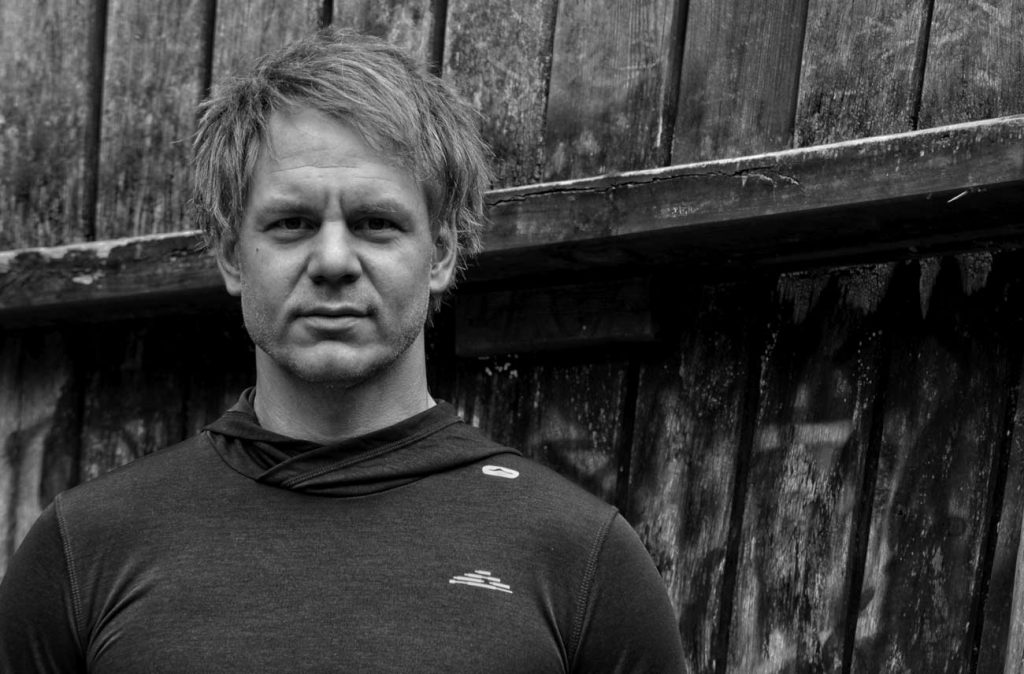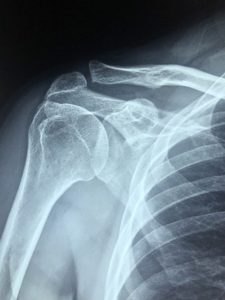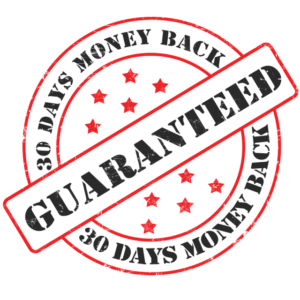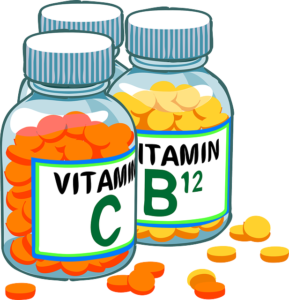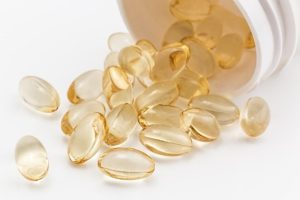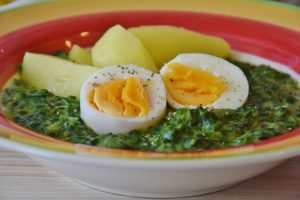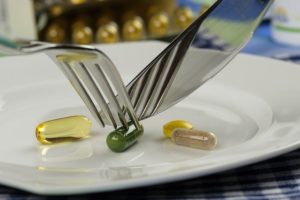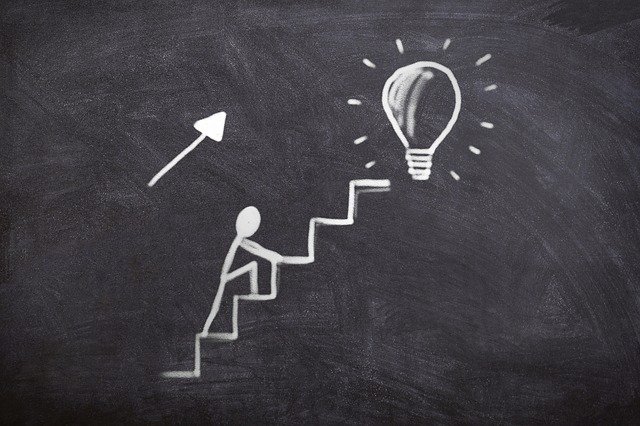The pain relieving specialist explains: Common problem: pain in the shoulder.Especially the calcified shoulder. Explained once and for all.
With the calcified shoulder (lat. tendinosis calcarea or tendinitis calcarea), calcified deposits form in the tendons of the rotator cuff. If calcification is detected in the shoulder, it is not uncommon that these deposits in the rotator cuff do not cause any discomfort. Only from a certain degree does it become a problem. This is often associated with pain at night, when the affected person can no longer sleep on his side because of the pain.
This can also be the case if the affected person suffers from “frozen shoulder” or “impingement syndrome”. Whatever a doctor calls the problem, the cause is, in my opinion, usually the same. A strained and shortened musculature and matted fasciae around the shoulder joint.I had already mentioned that today’s western lifestyle is often a cause of the problems.
Why? The movement potential of the shoulder is only minimally used. If there are 100% possible angles that the shoulder can take, only about 10% of these angles are used during the course of the day. Unbelievable?
An example: Sitting at the table, for breakfast. Sitting in the car, checking the mobile phone every now and then, sitting in the office, working on the PC, checking the mobile phone again, lunch – eating something – back in the car, at home, eating something, checking the PC, watching TV on the sofa… What is the movement, of the arms, connected with the shoulder, that this person does all day long? Every movement takes place in front of the body. And the angle of the arms used in front of the body is maximum 90 degrees-10 degrees, up and down. All day long.
What is the consequence: The muscles that are supposed to straighten the cervical spine, the chest and the shoulder become unyielding over time and the fasciae become matted. These “shortenings” become fixed in the course of time and trigger ever greater tensions. The result is a reduced formation of blood vessels. As a result, the typical cells of the tendons are transformed into cartilage cells. Fibrous cartilage develops from this. The whole tissue becomes firmer and firmer.
This means: The more one-sided the movement of the shoulder and the longer this condition lasts, the more severe the pain. However, the stronger the pain, the less the impulse to move the shoulder again (completely). The more calcium can form as a result of reduced blood circulation and weakened metabolism.
For this reason, a lot of calcium is often found in an immobile, painful shoulder. In my opinion, however, this is not the cause. As already mentioned.
The calcium is only “accidentally” present at the same time. If you have pain in your shoulder, I will gladly support you.
It is up to you ![]() .
.
Get in touch with me. Because new appointments are possible again. ![]()
Stay strong, until the next time.
Matti


